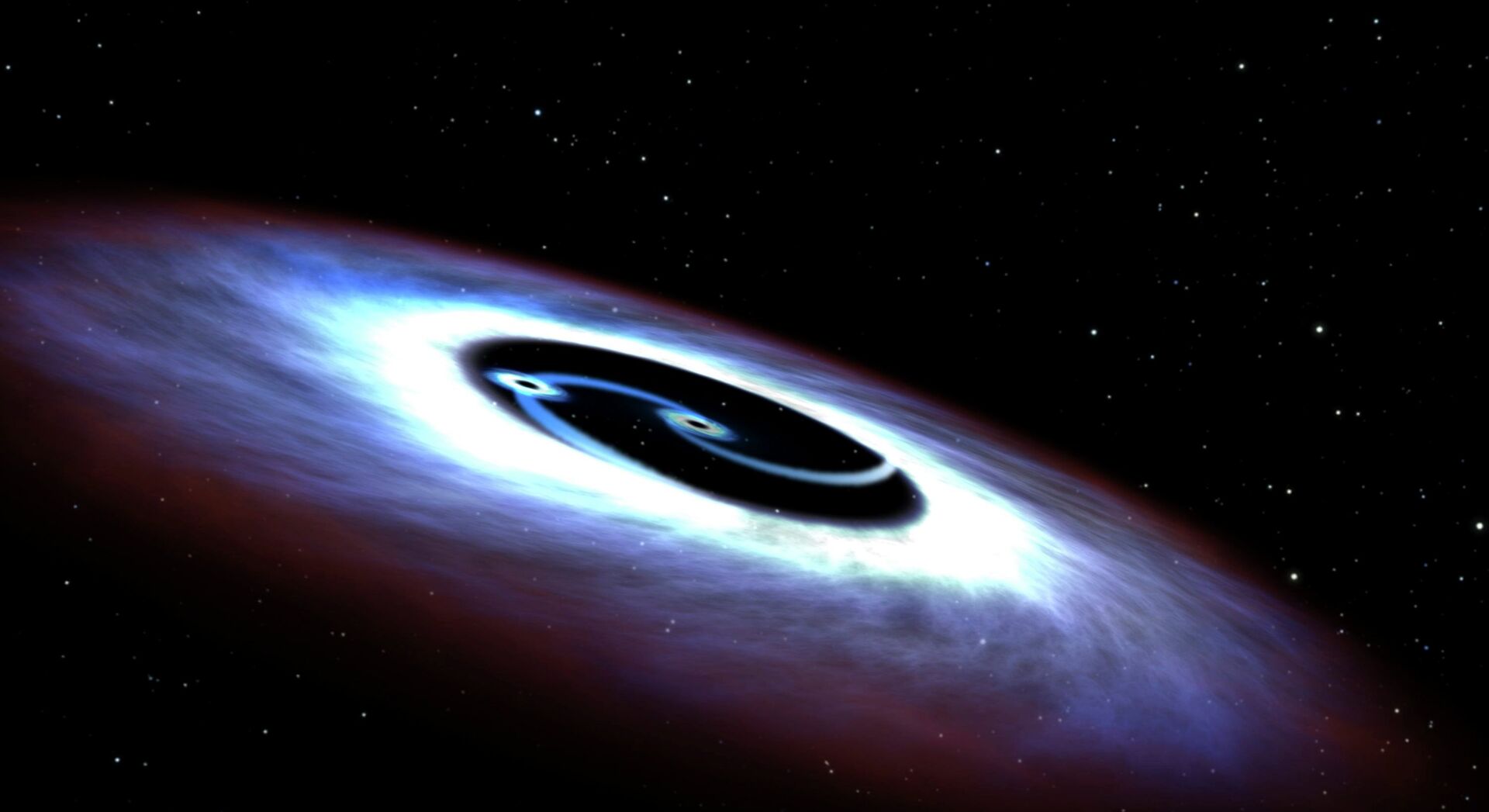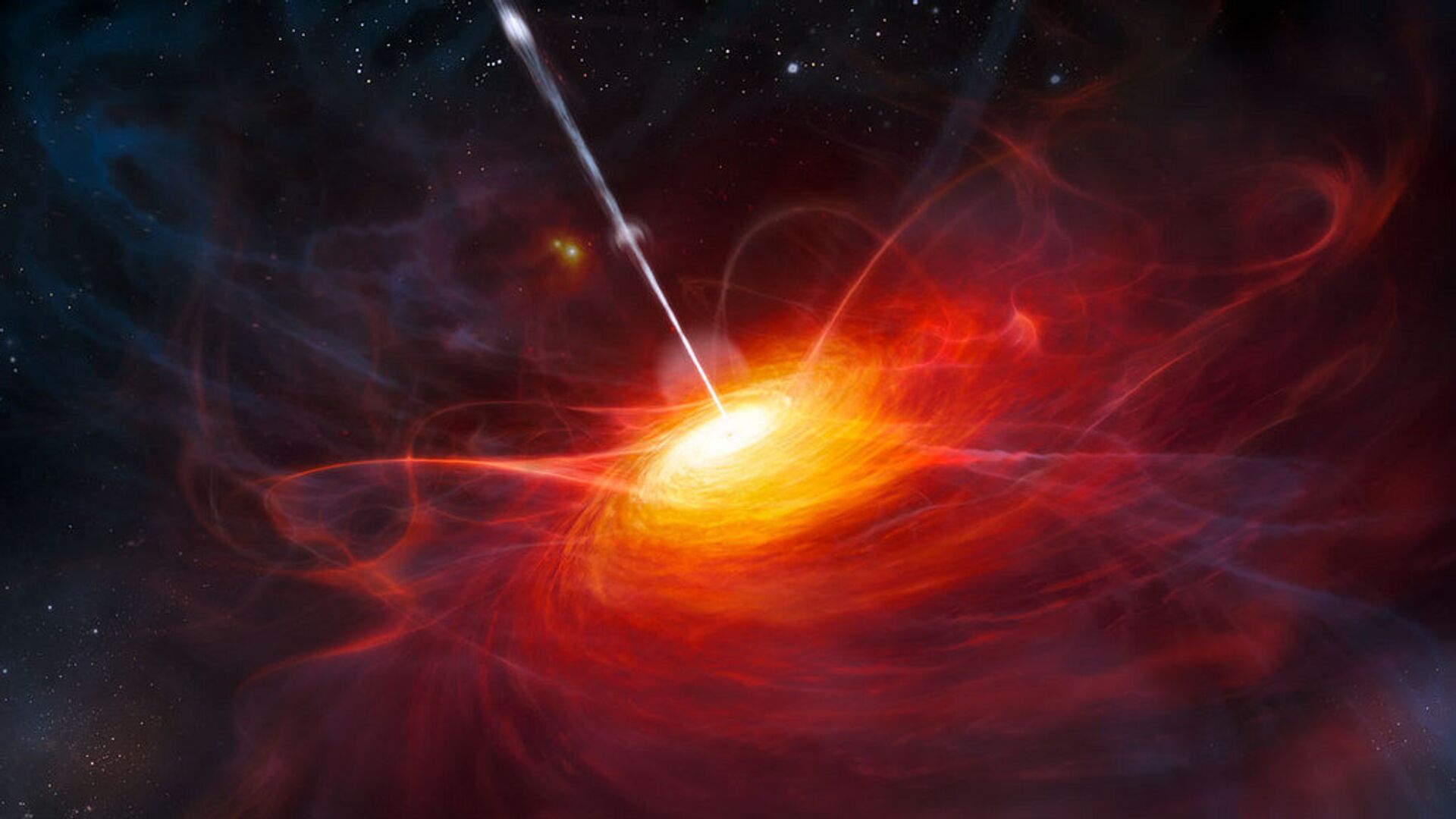Astronomers claim to have found evidence of an extraordinarily long jet of particles emanating from a supermassive black hole in a galaxy about 12.7 billion light-years from Earth.
The light detected from this jet was emitted when the universe was just 0.98 billion years old – less than a tenth of its current age. If further observations confirm the findings, it would be the most distant supermassive black hole with a jet detected by its X-rays.
The Chandra X-ray #Observatory is sensitive to X-ray sources 100 times fainter than any previous #Xray #telescope, enabled by the high angular resolution of its mirrors. pic.twitter.com/1Kiig81kvU
— Space Explr (@spaceexplr) March 13, 2021
The revelations, made using NASA’s Chandra X-ray Observatory, may subsequently help explain how the biggest black holes were formed in the early universe.

The details of the study have been laid out in a paper accepted for publication in The Astrophysical Journal, while a preprint is available online.
“If a playground merry-go-round is moving too fast, it’s hard for a child to move towards the center, so someone or something needs to slow the ride down. Around supermassive black holes, we think jets can take enough energy away so material can fall inward and the black hole can grow,” said Thomas Connor of NASA’s Jet Propulsion Laboratory (JPL) in Pasadena, California, who led the study.
The source of the super-long jet of particles is a quasar about a billion times more massive than the Sun.
The rapidly growing supermassive black hole, designated PJ352-15, is located at the centre of a young galaxy.
Astronomers observed PJ352-15 for three days, finally detecting X-ray emission about 160,000 light-years away.
#News: The Event Horizon Telescope (EHT) has captured the first image ever of an event horizon, the boundary between what can and cannot escape a black hole. Famed black hole hunter, @NASA's Chandra X-ray Observatory, also observed the #BlackHole during EHT's observations. (1/4) pic.twitter.com/BedvJ79MoA
— Chandra Observatory (@chandraxray) April 10, 2019
What makes the findings so pertinent is that they may help unravel the mystery of how supermassive black holes were able to grow so quickly to reach such enormous masses in the early history of the Universe. This enigma has long puzzled astronomers.
What makes PJ352-15 special is that, previously, the longest jet observed from the early universe was only about 5,000 light-years in length.
Secondly, this supermassive black hole is about 300 million light-years farther away than the most distant X-ray jet recorded prior to the study.
“The length of this jet is significant because it means that the supermassive black hole powering it has been growing for a considerable period of time. This result underscores how X-ray studies of distant quasars provide a critical way to study the growth of the most distant supermassive black holes,” said co-author Eduardo Bañados of the Max Planck Institute for Astronomy (MPIA) in Heidelberg, Germany.
The researchers involved in the study emphasised that the results show that X-ray observations can be one of the best ways to study quasars with jets in the early Universe.




